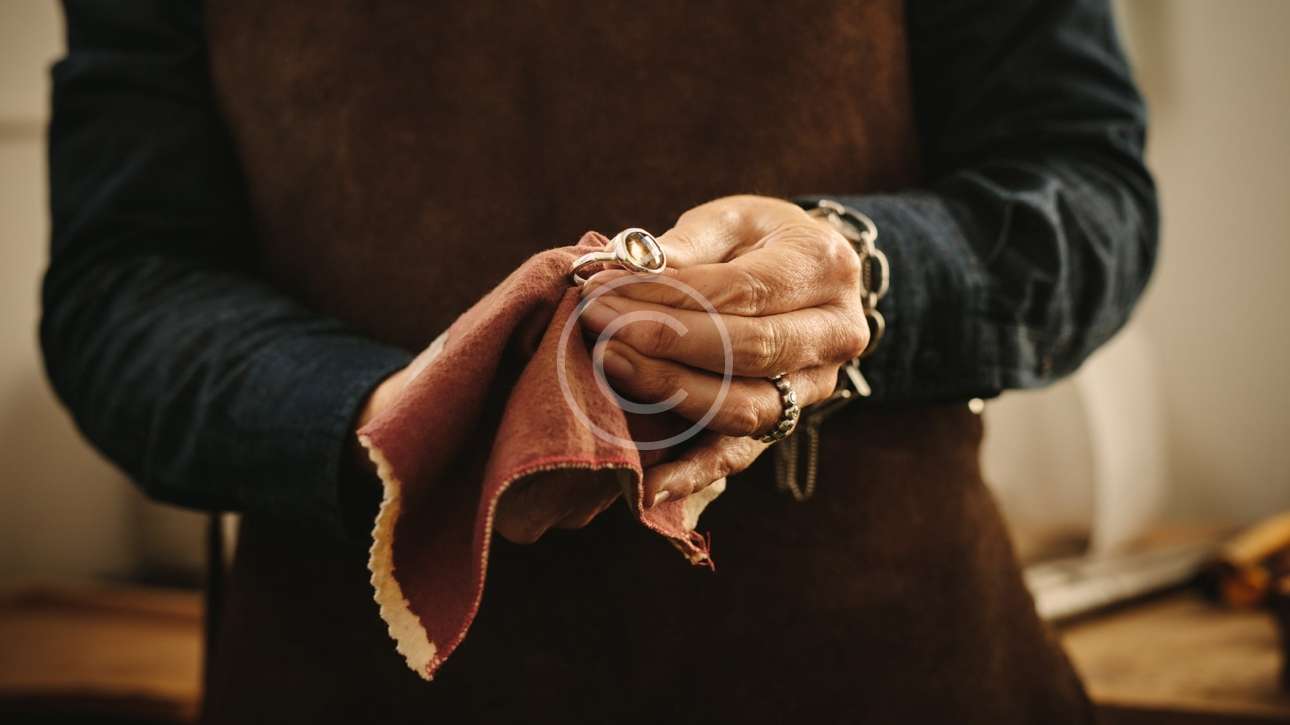QWhen it debuted, the Apple Watch was touted to become the dominant force in the world of horology. Almost three years on and the Cupertino giant’s flagship wearable has failed to live up to expectations. We take a look at why the Swiss watch market, not tech-based chronometers, will always reign supreme.
No charging
The latest Apple Watch can last up to 18 hours on an overnight charge. Moreover, users have up to three hours of talk time while connected to an iPhone via Bluetooth and over an hour of talk time while connected directly to 4G LTE. In other words, this timepiece needs to be charged daily, and if your routine runs at 100mph, then you’ll need to plan when to give your Series 3 some juice.
A classic chronograph can run for decades (and centuries) with proper care, and maintenance will only entail winding the crown occasionally…
Moreover, as Apple is renowned for selling products with short-term lives, you know that once you buy the company’s watch, it’ll stop holding a long-lasting charge, it’ll glitch and run slower and, with OS updates that are constantly available, it’ll stop being compatible with more contemporary tech.
By contrast, mechanical watch aficionados accept that they’re paying tens of thousands (even hundreds of thousands) of euros for their purchase because they expect it to last. A classic chronograph can run for decades (and centuries) with proper care, and maintenance will only entail winding the crown occasionally. Better still, it’ll never crash, stop to update itself or nag you about your daily diet.


Beautiful design
A mechanical watch will always look good with whatever you wear and can easily take you from the bar to a black tie gala. Its classic look and opulent aesthetic will either elevate your outfit or blend in seamlessly.
A watch is a piece of art
The Apple Watch’s modern square shape and clean lines are indeed attractive, yet the fact that it’s a piece of tech means that it has – like fast fashion – an inevitable sell-by date in terms of design; progress is the whole point of technology and what’s coveted today will soon become obsolete in the future. Additionally, nothing can look more juxtaposed against a sleek two-piece than a piece of wristwear that constantly beeps, flashes and goes blank once inacti
Rarity
Master watchmakers take months (even years) to craft the elaborate and complicated interior mechanisms that make classic timepieces so special, namely perpetual calendars (which indicate the day of the week corresponding to any given date in the future) and split-second chronographs (a function that can time two separate events or durations). Even Cartier’s Drive de Cartier Moon Phases accounts for the cycles of the moon and only needs to be adjusted for one day every 125 years.
It can often be the case that people aren’t even wearing their watch to tell the time; rather, they’re wearing it because it’s a symbol of something personal. Due to its longevity and timeless appearance, it’s an accessory that can be passed down through generations, like a pair of oxford shoes or a heritage wool coat.

there’s no denying that luxury watch brands innovate, but they do it at a far slower pace…
As Apple has a product cycle that cannibalises its older ranges, if you buy an Apple Watch, it’ll soon be made redundant within a few years – passing this down to your offspring will be akin to handing them a broken Sega Mega Drive. Indeed, there’s no denying that luxury watch brands innovate, but they do it at a far slower pace than companies like Apple, and they do so in a way that won’t make their older models obsolete.
Furthermore, as we’re becoming more and more attached to our smartphones, tablets and laptops, there’s a charm about owning something analogue; an Apple Watch is simply just another thing to fuel our tech addiction.
a well-kempt horological beauty will be a valuable collector’s item…
Value
Its value will remain quite consistent (if cared for properly). Because Apple will be churning out new models on a regular basis, older iterations will no longer be able to command high retail prices; why would someone want to use technology or software that’s irrelevant or dated?
Just like a retro Jag, a well-kempt horological beauty will be a valuable collector’s item in the future. And, if you don’t believe us, then just take a look at Paul Newman’s Rolex Daytona which recently sold for a record-breaking $17.8m in October.
Convenience
Put simply, the watch is made for practical reasons; after all, the original wristwatch was designed by Louis Cartier in order to prevent his aviator friend, Alberto Santos-Dumont, from taking his hands off the plane’s control whenever he wanted to check the time while flying. And, although there are some quite complicated mechanical timepieces (for example, the Aeternitas Mega 4 is loaded with 1,483 components and 36 complications), it sticks to its very core function of timekeeping.
An Apple Watch, however, is like a computer for the wrist. It may allow you to shop, measure your heart rate and access photos, but it can often be more of an inconvenience that distracts you from daily life – doing such activities on a desktop is probably a lot easier too.
Also, having a hinterland of information stored in one unit can be hazardous. If you misplace your traditional watch you’ll be upset, naturally; lose your smartwatch and you won’t just be dismayed, but you’ll also have to go through a rigorous process of resetting passwords and freezing your credit and debit cards.



